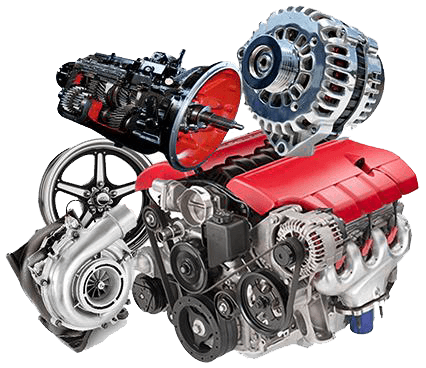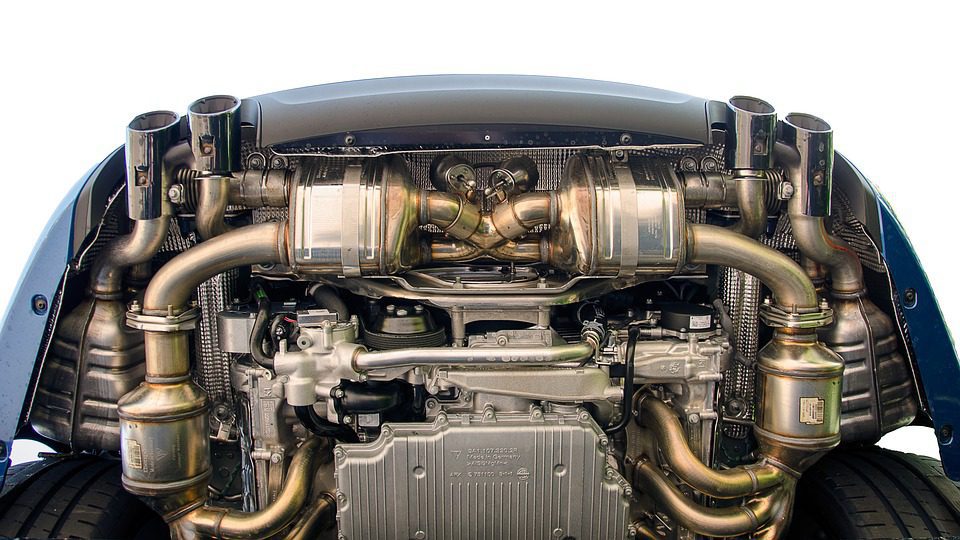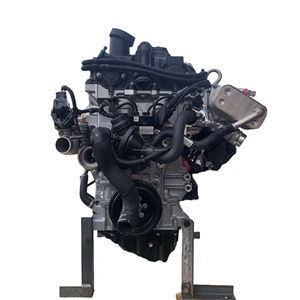Checking Out the Inner Operation of a Compact Automobile's Engine System
As motorists, we typically take for provided the detailed processes that take place within the confines of our automobile's engine system. The compact yet intricate machinery that propels us onward is a marvel of design precision and control. From the controlled surges in the combustion chamber to the meticulous timing of gas injection, every part plays a vital role in the smooth operation of the engine. In this expedition of a compact automobile's engine system, we will unravel the inner operations of this mechanical symphony, dropping light on the enigmas that drive us forward on our day-to-day journeys.
Burning Process Summary
The burning process in a small lorry's engine system is a vital device that efficiently transforms fuel into power to power the lorry. This procedure takes place within the combustion chamber of the engine, where gas and air mix, spark, and produce controlled explosions. The combustion process includes four primary stages: intake, exhaust, compression, and power.
Throughout the consumption stage, the piston relocates downward, drawing in a mix of air and gas into the combustion chamber. The following stage, compression, involves the piston moving upwards, compressing the air-fuel blend to enhance its effectiveness. Consequently, in the power phase, the spark plug stirs up the compressed blend, resulting in a fast development of gases that requires the piston pull back. This downward motion generates the power needed to drive the lorry. In the exhaust phase, the burned gases are removed from the burning chamber through the exhaust valve, preparing the chamber for the next cycle. This cyclic burning procedure is essential to the procedure of a portable car's engine system, making certain efficient energy conversion for propulsion.
Piston and Cyndrical Tube Communication

The piston's precise fit within the cylinder is important for maintaining optimal compression and avoiding energy loss during burning. Limited clearances in between the piston and cyndrical tube wall surfaces ensure reliable securing, permitting the piston to relocate efficiently without enabling gases to leak past. Proper lubrication is also vital to reduce rubbing and use between these components, enhancing long life and efficiency.
Moreover, the style and materials made use of in making the piston and cyndrical tube influence engine performance and resilience. Modern engines commonly use lightweight yet sturdy products like aluminum alloys for pistons and cyndrical tube liners to minimize inertia and enhance thermal effectiveness. Generally, the harmonious interaction in between the piston and cylinder is fundamental to the engine's capability browse around these guys and general performance.
Gas Injection System Capability
Fuel shot systems in small vehicle engines play a critical function in precisely supplying fuel to the burning chamber for effective and regulated ignition. The fuel shot system functions by infusing fuel into the burning chamber at the ideal minute during the engine's procedure (opel corsa engine). This exact timing ensures that the gas mixes uniformly with the air for proper combustion, leading to enhanced fuel performance and decreased emissions
There are mostly two types of gas shot systems utilized in portable vehicle engines: port gas shot (PFI) and direct gas shot (DFI) PFI systems inject fuel right into the intake port prior to the consumption valve, while DFI systems inject fuel directly into the combustion chamber. Both systems have their advantages, with DFI providing much better fuel atomization and PFI providing a much more economical remedy.
Understanding Engine Air Conditioning Devices
Efficient procedure of a compact vehicle's engine counts heavily on the effectiveness of its cooling devices. The cooling system in a portable automobile generally consists of a number of elements functioning together to control the engine Recommended Reading temperature level. Recognizing these engine cooling devices is important for keeping the performance and durability of a compact lorry's engine system.

Exhaust System Components Explained
The optimal performance of a small vehicle's engine air conditioning mechanisms relies on a corresponding system known as the exhaust system, which consists of different essential parts for guaranteeing efficient discharges and engine performance. The exhaust system consists of components such as the exhaust manifold, catalytic converter, muffler, and tailpipe. The exhaust manifold accumulates exhaust gases from the engine's routes and cyndrical tubes them to the catalytic converter. The catalytic converter then transforms hazardous this post toxins in the exhaust into much less hazardous exhausts before launching them through the muffler and tailpipe.
One essential part of the exhaust system is the oxygen sensing unit, which keeps track of the oxygen degrees in the exhaust gases to aid regulate fuel usage and make certain optimal engine performance. opel corsa engine. Furthermore, the resonator might exist in some exhaust systems to decrease noise degrees. On the whole, the exhaust system plays a vital role in preserving engine effectiveness, minimizing harmful emissions, and making certain a quieter driving experience for compact car proprietors

Verdict
To conclude, the compact car's engine system is a complicated mix of parts that collaborate to help with the combustion process, transform gas right into power, and eliminate waste gases. Understanding the inner workings of the engine system, including the piston and cylinder interaction, fuel shot system, engine air conditioning devices, and exhaust system parts, is crucial for maintaining optimal performance and efficiency of the vehicle.
The combustion process in a compact vehicle's engine system is a critical system that effectively transforms gas right into power to power the automobile.Fuel injection systems in compact vehicle engines play a crucial role in precisely delivering gas to the burning chamber for controlled and efficient ignition.There are primarily 2 kinds of fuel injection systems used in portable automobile engines: port fuel injection (PFI) and straight gas shot (DFI) Understanding these engine air conditioning devices is crucial for maintaining the performance and durability of a portable vehicle's engine system.
The optimal performance of a small vehicle's engine cooling mechanisms depends on a complementary system recognized as the exhaust system, which makes up various important parts for making certain effective emissions and engine efficiency.